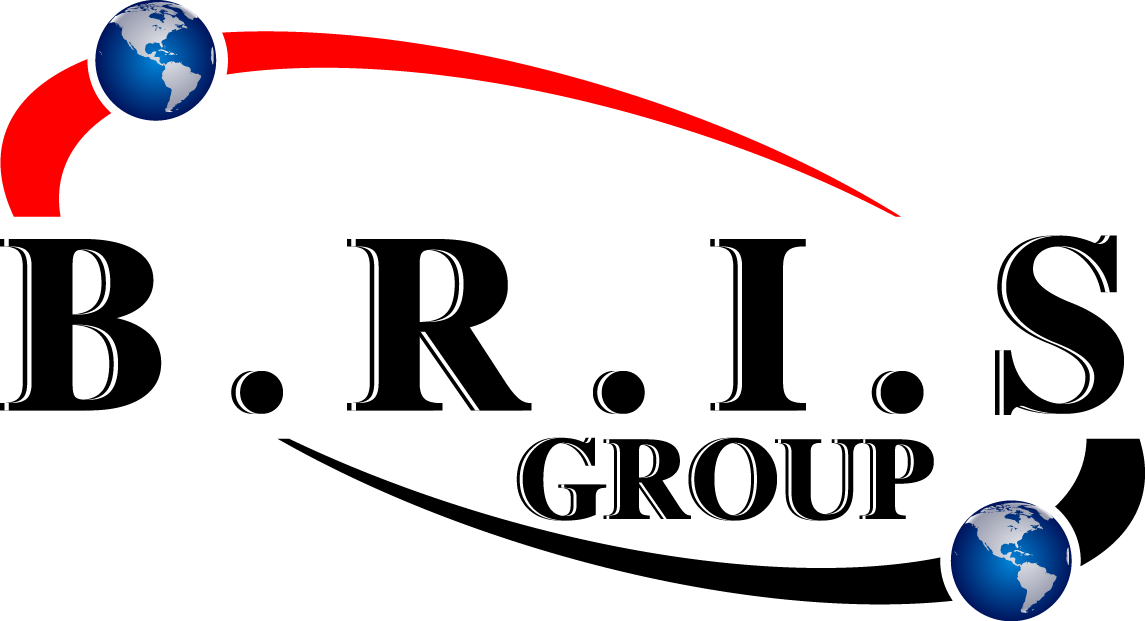Profit and Tax in Denmark. Corporate taxation
Unlimited tax liability
A corporation is resident in Denmark for tax purposes if it is incorporated in Denmark and registered in the Companies Register as having a Danish place of business. Further, foreign companies having their actual place of management in Denmark are also tax resident in Denmark. The actual place of management is typically the place where the management decisions concerning the company’s day-to-day operations are made.
Limited tax liability
Foreign companies can be subject to limited tax liability either through a branch or a permanent establishment or through withholding taxes on certain types of Danish source income.
Danish branches and permanent establishments of foreign companies are taxed under the same rules and rates as Danish resident companies.
Company tax rate
Taxable income – including capital gains – is normally subject to a corporate tax of 25%. The tax rate is identical for public limited companies, private limited companies and permanent establishments.
Danish income subject to withholding tax
Certain types of payments to non-residents are subject to Danish withholding tax, which may be reduced according to a double taxation treaty.
Dividends
Dividends paid to a parent company in another EU Member State or a state with which Denmark has a double tax treaty are exempt from withholding tax provided that the shares qualify as subsidiary shares. The same applies to dividends paid on group shares (that are not also subsidiary shares, i.e. holdings below 10%) provided that the recipient company is resident within the EU/EEA.
Dividends paid on portfolio shares to a foreign shareholder are normally levied a withholding tax of 28%. A change in law has reduced the rate to 27% with effect from 2012.
Interest
Interest is generally not subject to withholding tax unless paid to a foreign group member company that is tax resident outside the EU and outside any of the states with which Denmark has concluded a tax treaty. In this situation, interest withholding tax is levied at 25%. Certain other exemptions apply, mainly relating to CFC taxation (see page 29).
Royalties
Royalties are subject to a 25% withholding tax. In most cases, the payer may reduce its withholding in accordance with the tax treaty applicable to the payee. Also, the EU Interest/Royalty Directive may provide an exemption from withholding tax if the payee is an immediate parent, sister or subsidiary company resident in the EU.
Capital gains
Gains and losses realised on the sale of tangible and intangible assets, including goodwill, are generally included in taxable income. However, gains realised on the sale of shares are taxexempt if the shares qualify as either “subsidiary shares” or “group shares”.
“Subsidiary shares” are shares held by a corporate shareholder that holds a minimum of 10% of the share capital in a subsidiary that is located in the EU, the EEA, or a country with which Denmark has a double taxation treaty.
“Group shares” are defined as shares in companies with which the shareholder is jointly taxed or might be jointly taxed.
If the shares do not constitute group shares, subsidiary shares or treasury shares, they constitute portfolio shares. Gains on portfolio shares are fully taxable regardless of the holding period. Losses on the sale of portfolio shares generally are tax deductible.
Tax losses
Tax losses may be carried forward indefinitely.
Certain restrictions on the right to carry tax losses forward apply when more than 50% of the share capital or 50% of the voting rights at the end of the
Profit and Tax in Denmark
financial year are owned by shareholders different from those that held control at the beginning of the income year in which the tax loss was incurred.
Similarly, under certain circumstances, tax losses are cancelled if a Danish company receives a debt forgiveness or is the subject of a comparable transaction. However, there are numerous exceptions (e.g. intercompany transactions).
CFC taxation
According to the Danish CFC (taxation of controlled financial companies) rules, a Danish company has to include in its taxable income the total income of a subsidiary, foreign or Danish, if such subsidiary qualifies as a CFC. A subsidiary qualifies as a CFC if all of the following criteria are met:
- The Danish company, together with other group member companies, directly or indirectly owns more than 50% of the capital or controls more than 50% of the voting rights in the subsidiary.
- More than half of the subsidiary’s taxable profits, as hypothetically assessed under Danish tax laws, are predefined CFC-income types (mainly interest, royalty, capital gains, etc.).
- During the income year, the subsidiary’s CFC assets (assets, where the return is characterised as CFC-income type) make up more than 10% of the subsidiary’s total assets.
The consequence of CFC taxation is that the Danish holding company is taxable of a pro rate share of the Danish/foreign company’s income, irrespective of the rules in a double taxation treaty, if any.
Mandatory Danish joint taxation
A mandatory joint taxation regime obliges all Danish resident companies and Danish branches that are members of the same domestic or international group to file a joint group tax return. The definition of a group generally corresponds with the definition of a group for accounting purposes. The tax consolidated income is equal to the sum of the taxable income of each individual Danish company and branch that are a member of the consolidated group.
Voluntary international joint taxation
A non-Danish subsidiary may be included as a member of a Danish tax grouping provided that the group includes all of its foreign companies and branches in the Danish tax grouping. In effect, this all-ornothing provision rules out the possibility for major international groups to have their Danish subgroup file a Danish group tax return that includes only certain “cherry-picked” (typically loss-making) foreign group members.
Tax returns
Tax returns are completed on the basis of audited financial accounts with adjustments for tax. Tax returns should be filed no later than six months following the end of the accounting year. Corporations with an accounting year end that falls in the period from January 1 to March 31 shall file a tax return no later than 1 August in the same calendar year.
Payment of tax
Corporate income tax shall be paid on a current year basis in two equal instalments due on 20 March and 20 November. The authorities request payments of 50% of the average of the last three years’ final income tax. In addition, voluntary additional payments may be made at the same dates; such voluntary payments are adjusted by 0.7% when set against the final tax bill.
The final tax bill is settled by 20 November in the following year. Underpaid tax is then payable by 20 November with a surtax of 5.1% of the tax amount (rate for 2010 tax year). Overpaid tax is refunded by November of the following year with interest of 1.6% (rate for 2010 tax year).
Taxation of individuals
Territoriality and residence
Individuals are subject to full tax liability when they (1) take up residence or (2) stay in Denmark without taking up residence when the stay exceeds six consecutive months interrupted only by short stays abroad (and then as from the day of arrival). An individual subject to full tax liability in Denmark is taxed on his worldwide income and gains received or accrued.
Individuals are subject to limited tax liability on Danish-source income.
Employee gross income
All remuneration from employment, whether in cash or in kind, is subject to tax when the employee has obtained a legal right to the remuneration, regardless of where payment is made and regardless of whether remitted. The liability extends to any living or housing allowance and any reimbursement of tax or other personal liability, whether paid directly to an employee or borne by the employer on the employee’s behalf.
Capital gains and investment income
Taxable gains and investment income are added to taxable income. Certain allowances are available.
Deductions
Business deductions
An employee may be entitled to deduct travelling expenses, subscriptions to professional associations, necessary business literature, tools of trade etc. (if exceeding DKK 5,500 per calendar year).
Non business expenses
An individual subject to full tax liability can deduct all interest paid and contributions or premiums paid under certain pension schemes with a Danish pension fund or insurance company.
Personal allowances
A personal allowance of DKK 42,900 (in 2010) is granted with the effect of reducing income tax payable at ordinary rates. The allowance is granted to each individual, but where a spouse cannot utilize the whole personal allowance, the balance is transferred to the other spouse.
Special tax regime for expatriates
A special legislation relates to foreign employees working temporarily in Denmark. Assuming that certain conditions are met these expatriates can be covered by a 25% tax rate for a period up to 36 months or by a 33% tax rate for a period up to 60 months.
Tax rates
Personal income is taxed at a marginal rate up to 51.5%.
Income and allowances are divided into three categories:
- Personal income – e.g. cash salary, director’s fee, free company car and free telephone – less pension contributions
- Capital income, e.g. net interest income and net capital gains
- Other allowances deductible from the total taxable incomeHealth tax is calculated on taxable income at 8%.
Church tax (members only) will be imposed at a flat rate dependent on the municipality in question. The country average is 0.7%.
Tax credits
An individual resident in Denmark is entitled to deduct foreign income taxes paid or accrued on foreign source income from the Danish tax payable up to a maximum of Danish tax paid on the part of the taxable income which is foreign-source income.
Tax returns
Husbands and wives file separate returns for the income year. Taxpayers receive a preprinted tax return in March, containing information that the tax authorities have already obtained from employers, financial institutions etc. If the tax return is not correct, it shall be corrected, signed and filed no later than 1 May.
Taxpayers with more complicated tax returns (most expatriates) shall file tax returns no later than 1 July.
The tax year for individuals is the calendar year.
Payment of tax
It is required that employers withhold income tax from salaries paid out (“A-tax”). For other types of income, an advance tax (“B-tax”) has to be paid in ten equal installments during the income year.
VAT
Denmark applies the system of VAT established by the European Union.
Denmark imposes VAT on imports and taxable deliveries of goods and services at a rate of 25%.
A number of business activities are exempted from paying VAT. The most important ones are within: hospitals, medical and dental care, insurance, banking and certain financial activities.
********
![]()
Profit and Tax in Denmark
Related pages:
Establishing Business in Denmark
Property and Environment in Denmark
Intellectual Property in Denmark


